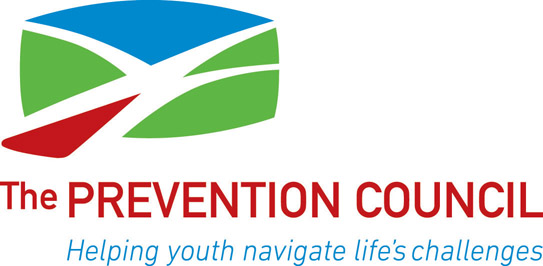Treatment
Addiction is a disease that affects both the brain and behavior. As a chronic disease, those suffering from addiction can’t simply stop using drugs for a few days and be cured. Most patients need long-term or repeated care to stop using completely and recover their lives. Successful treatment has several steps:
- detoxification (the process by which the body rids itself of a drug)
- behavioral counseling
- medication (for opioid, tobacco, or alcohol addiction)
- evaluation and treatment for co-occurring mental health issues such as depression and anxiety
- long-term follow-up to prevent relapse
A range of care with a tailored treatment program and follow-up options can be crucial to success. Treatment should include both medical and mental health services as needed. Follow-up care may include community- or family-based recovery support systems.
The facts:
- Twenty-three million Americans are currently addicted to alcohol and/or other drugs. Only one in 10 of them (2.6 million) receives the treatment they need. The result: a treatment gap of more than 20 million Americans. (Partnership for Drug Free Kids)
- Based on the New York State Office of Alcoholism and Substance Abuse Services (OASAS) estimates, approximately 12% of State residents age 12 and older experience a substance use disorder (addiction or abuse) annually. Statewide, over 1.9 million New Yorkers (1.77 million adults and 156,000 youth ages 12-17) have a substance abuse problem.
- According to research that tracks individuals in treatment over extended periods, most people who get into and remain in treatment stop using drugs, decrease their criminal activity, and improve their occupational, social, and psychological functioning. (SAMHSA)
- Screening and treatment is not integrated into the health care delivery system. Less than seven percent of those receiving treatment were referred by another health provider. (Partnership for Drug Free Kids)
Treatment Awareness Videos
